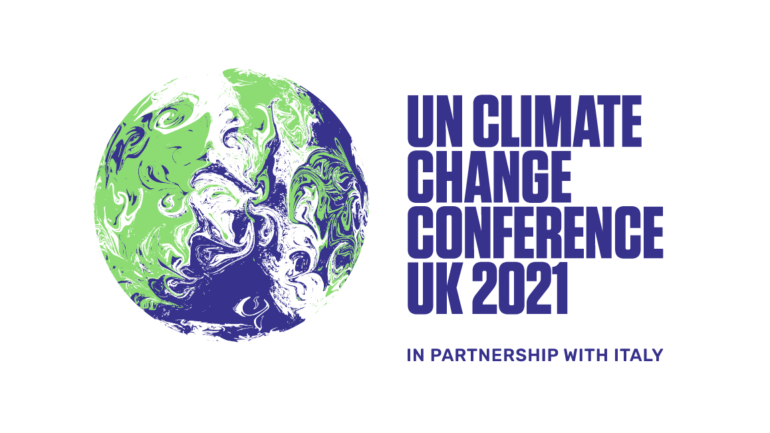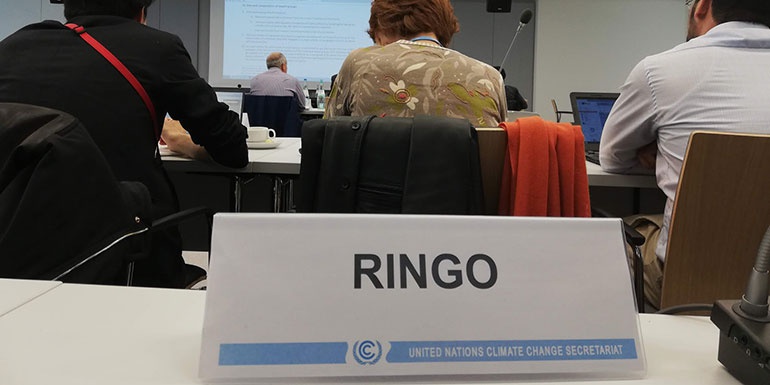The 2015 Paris Agreement under the United Nations Framework Convention on Climate Change (UNFCCC) introduces a ‘transparency framework’, to promote accountability in the implementation of the Agreement. A set of “modalities, procedures and guidelines”, agreed upon in 2018, sketch how to put the transparency framework into practical operation. These “modalities, procedures and guidelines” include a voluntary provision to report information related to loss and damage (that is, the impacts of climate change to which the world cannot adapt). However, guidance is not yet available as to the specific information a country may want to report, or the types of evidence that could underpin the reporting.
Drawing on scientific journal articles and technical reports, this working paper offers suggestions on the types of information a country may want to report, and the data that can be used to evidence claims made about loss and damage. Although these suggestions are no replacement for official guidance, they shed light on a number of central aspects associated with national-level reporting of information related to loss and damage. The working paper will be useful to developing country stakeholders who are responsible for reporting under the ‘transparency framework’. Readers’ feedback concerning potential improvements to the document will be most welcome.
The document consists of two main sections. The first section provides contextual information on loss and damage, and includes an overview of approaches to manage extreme events and slow-onset events. The second section provides suggestions about key issues of direct relevance to reporting on efforts to manage loss and damage. This text focuses on four issues: measurements, costs, policies and financing. The document closes with a number of considerations that cut across these four issues.






